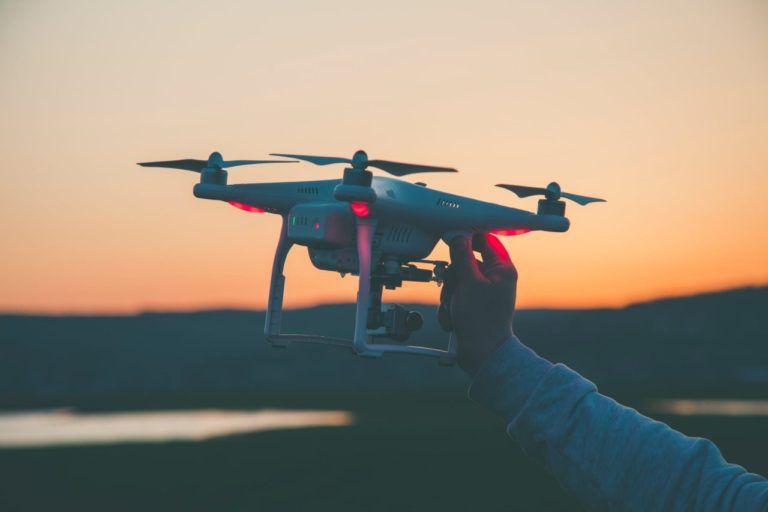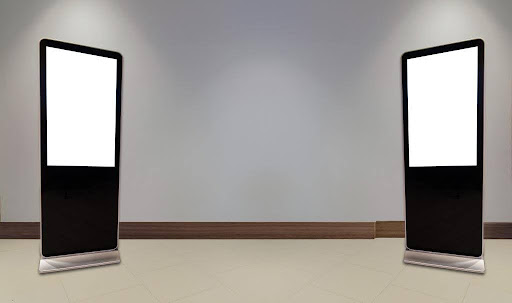Technological advancements have revolutionized various industries in recent years, and sports are no exception. One particular technology that has made a significant impact on sports training and performance is drones. These unmanned aerial vehicles have soared into athletics, offering unique perspectives and valuable data that were once inaccessible. From professional teams to amateur athletes, drone technology has become invaluable for enhancing training methods and overall performance. In this blog post, Christopher Linton shares how drones have transformed the world of sports, benefiting athletes and coaches alike.
Table of Contents
Video Analysis And Feedback
One of the most significant impacts of drone technology in sports training is its ability to capture high-quality video footage from unique angles and perspectives. Coaches and athletes can now use drones to film practices, games, and individual performances. These aerial views provide a comprehensive overview of the game, highlighting areas for improvement and identifying strengths.
With video analysis, athletes can review their techniques and movements. This can help them understand their strengths and weaknesses. By pinpointing specific areas for improvement, athletes can refine their skills and enhance their performance more effectively.
Real-Time Performance Monitoring
Drones with advanced sensors and cameras can collect real-time data during training sessions and competitive events. This data includes speed, distance covered, heart rate, and more, offering coaches and athletes valuable insights into performance metrics. Tracking this information allows athletes to measure their progress and set realistic goals to enhance their performance.
Drones enable coaches to analyze player positioning and movement patterns for team sports. This information is instrumental in refining team tactics and strategies. Ultimately, this leads to better teamwork and competitive advantage.
Injury Prevention And Recovery
Maintaining peak physical condition and preventing injuries are crucial aspects of sports training. Drones play a significant role by enabling athletes and their support staff to monitor players’ movements and detect potential issues that could lead to injuries. Coaches can use drone footage to identify improper techniques or overexertion, allowing them to tailor training programs to minimize injury risks.
Furthermore, during the recovery phase, drones can assist in rehabilitation exercises by providing visual feedback to athletes. This ensures that they perform exercises with proper form. With this, athletes can recover effectively and prevent re-injuries.
Enhancing Coaching And Strategy
Coaches have also embraced drone technology as an invaluable aid in enhancing their coaching methods and strategy development. Drones offer coaches a bird’s-eye view of the playing field, enabling them to assess team formations and identify areas where improvements can be made. This top-down perspective allows coaches to make tactical decisions with a broader understanding of the game, leading to better strategies and more successful outcomes.
Moreover, drones with communication systems enable coaches to provide real-time instructions and feedback to athletes during practice sessions or games. The instantaneous interaction fosters a dynamic learning environment. This allows athletes to adapt quickly and make on-the-fly adjustments.
Fan Engagement And Media Coverage
Drones have also enhanced fan engagement and media coverage of sports events. With their ability to capture stunning aerial footage, drones provide spectators with previously impossible views. This immersive experience captivates fans, enriching their connection to the sport and increasing overall interest.
Media outlets have also embraced drone technology. They use it to capture captivating footage for broadcast and online content. From epic game highlights to behind-the-scenes footage, drones have elevated the quality of sports coverage and storytelling.
Precision Training And Skill Development
Drones have enabled athletes to engage in precision training and hone their skills with unprecedented accuracy. For example, drones can be equipped with laser targets in golf, tennis, and basketball, enabling athletes to practice their shots and aim for specific targets. This precision training fosters muscle memory and improves shot accuracy, translating into enhanced performance during competitive play.
Similarly, in sports that involve complex movement patterns, such as gymnastics or figure skating, drones can be programmed to follow athletes and record their routines from different angles. Athletes can then review these recordings to identify areas to refine their movements. This can lead to more graceful and technically proficient performances.
Mental Conditioning And Visualization
The mental aspect of sports performance is often as crucial as physical prowess. Drones have a unique role in mental conditioning and visualization exercises for athletes. Using drones to record simulated game scenarios or race tracks, athletes can mentally rehearse their strategies and visualize their desired outcomes. This visualization technique helps athletes build confidence, reduce anxiety, and mentally prepare for high-pressure situations, leading to improved performance on the field.
Additionally, drones can provide a virtual perspective during training. Athletes can analyze their techniques from the point of view of their competitors or opponents. This perspective encourages a more comprehensive understanding of the game or event, enhancing athletes’ anticipation and decision-making abilities during the actual competition.
Conclusion
As technology advances, drone technology’s impact on sports training and performance will continue to grow significantly, says Christopher Linton. From video analysis and real-time monitoring to injury prevention and enhanced coaching, drones have revolutionized how sports are approached and played. As this technology becomes more accessible and affordable, even amateur athletes and sports enthusiasts can take advantage of its benefits, elevating sports training and performance to new heights. Embracing drone technology is an exciting prospect for the future of athletics.





